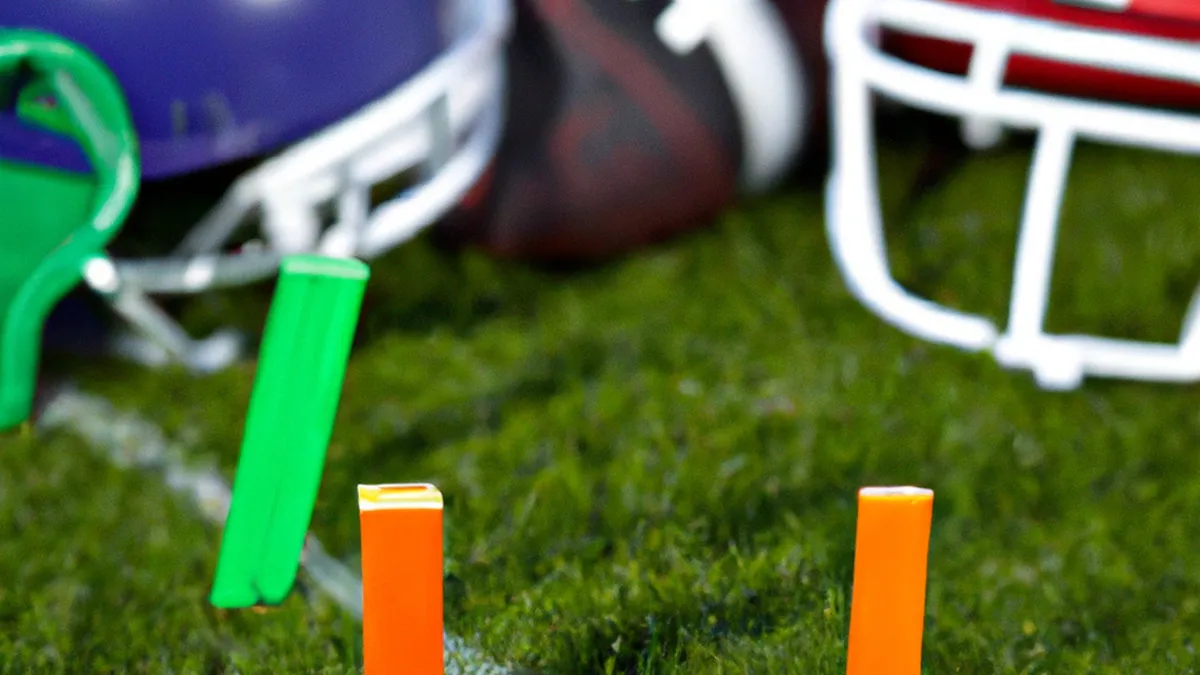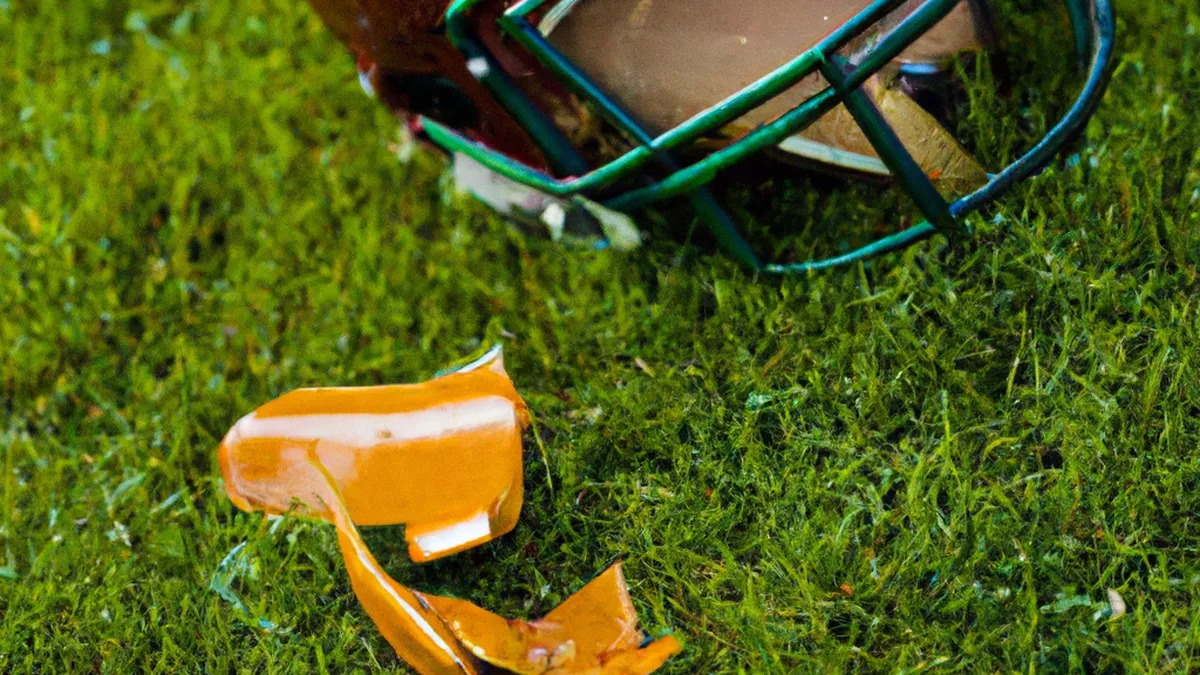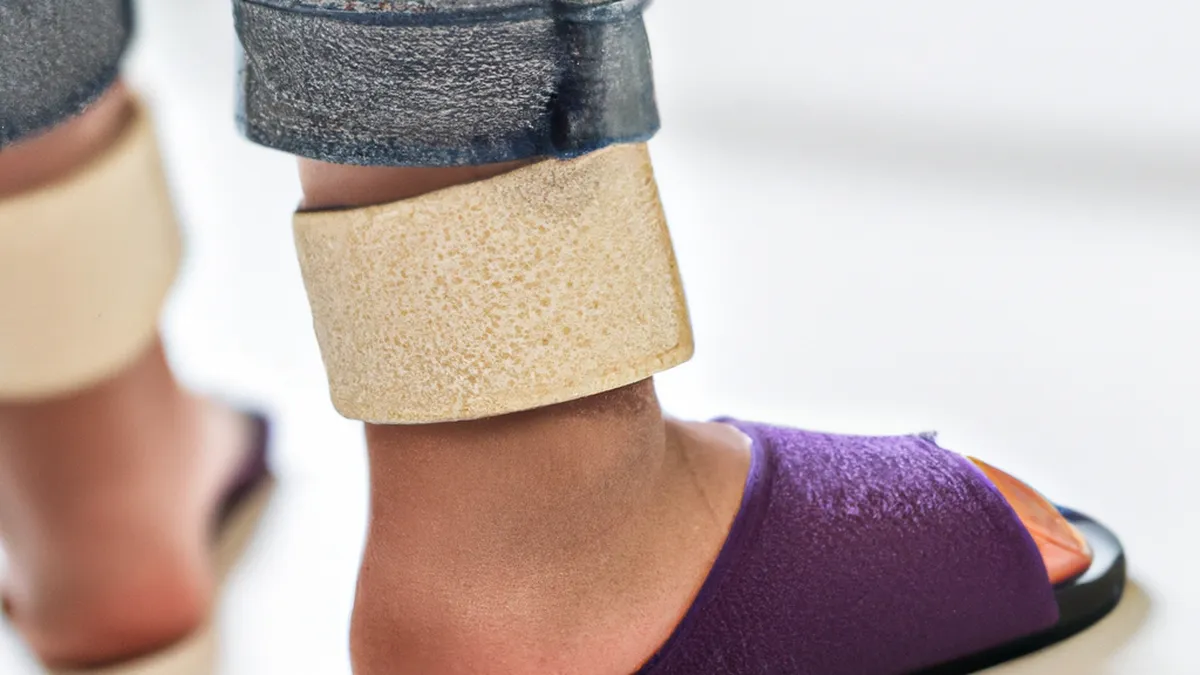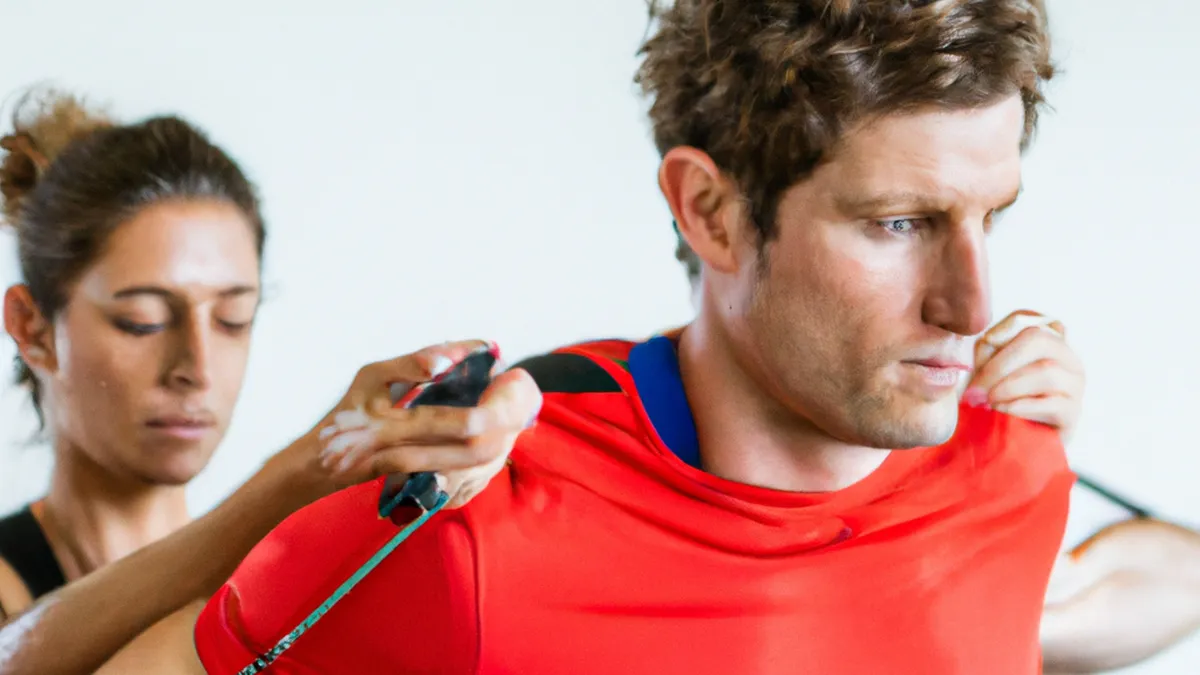Gait Analysis vs. Traditional Diagnosis: A Comparison
The Role of Gait Analysis in Diagnosing and Preventing Bone Stress InjuriesAthletes and active individuals frequently experience bone stress injuries (BSIs) from repetitive stress leading to microfractures. Analyzing gait, or the way one walks or runs, is crucial for diagnosing and preventing these injuries. Gait analysis reveals valuable movement patterns, helping in training, rehabilitation, and injury prevention.
What is Gait Analysis?
Gait analysis systematically studies human movement, focusing on walking and running mechanics. It uses high-speed cameras, force plates, and wearable sensors to capture parameters like stride length, cadence, and foot strike patterns. The data reveals abnormal movements that may stress bones, muscles, and joints.Many factors influence gait, including anatomy, strength, flexibility, and past injuries. Gait analysis helps healthcare professionals identify these factors and develop tailored interventions for improved health outcomes.
How Gait Analysis Helps Diagnose Bone Stress Injuries
As an Amazon Associate I earn from qualifying purchases.
Gear tip: consider yoga blocks, kinesiology tape, and stretching strap to support this topic.
Gait analysis plays a vital role in diagnosing and managing bone stress injuries. It contributes in several ways:
Identifying Abnormal Patterns
Professionals can identify deviations from typical movement patterns during gait analysis. For example, excessive pronation or supination causes uneven weight distribution and increases stress on specific bones, leading to injury risk. Identifying these issues allows healthcare providers to recommend corrective measures like exercises or orthotic devices.
Assessing Biomechanics
Gait analysis evaluates biomechanics, including joint angles and forces during movement. An analysis showing improper alignment or excessive forces during activities like running indicates a predisposition to bone stress injuries. This insight helps develop personalized rehabilitation plans that address the root causes of pain or injury.
Monitoring Recovery
For individuals recovering from a bone stress injury, gait analysis tracks progress effectively. Regular assessments monitor movement pattern improvements and identify issues that may hinder recovery. This evaluation allows healthcare providers to adjust rehabilitation strategies dynamically for a safe return to activity.
Tips for Using Gait Analysis to Prevent Bone Stress Injuries
To utilize gait analysis effectively for preventing bone stress injuries, consider these actionable tips:
1. Get a Professional Assessment
Schedule a comprehensive gait analysis with a trained professional, such as a physical therapist or podiatrist. These assessments combine observational analysis and advanced technology for thorough evaluations. Professionals interpret data and provide personalized recommendations based on findings.
Conclusion
Gait analysis offers essential insights into movement patterns. It aids in diagnosing and preventing bone stress injuries, leading to better health outcomes.
Below are related products based on this post:
FAQ
What is gait analysis?
Gait analysis is the systematic study of human movement, particularly focusing on walking and running mechanics. It employs high-speed cameras, force plates, and wearable sensors to capture various parameters, revealing abnormal movements that may lead to injuries.
How does gait analysis help diagnose bone stress injuries?
Gait analysis assists in diagnosing bone stress injuries by identifying abnormal movement patterns and assessing biomechanics. It reveals issues like improper alignment or excessive forces during activities, which can predispose individuals to injuries, allowing for tailored rehabilitation plans.
Why is monitoring recovery important in gait analysis?
Monitoring recovery through gait analysis is crucial as it tracks progress and identifies any issues that may impede healing. Regular assessments enable healthcare providers to adjust rehabilitation strategies, ensuring a safe and effective return to activity.















Post Comment